Sillapachai Khumyoo has a complicated name and a complicated history, but also an impervious sense of simplicity and optimism.
He calls himself Woo.
A painter, photographer, and employee at Courtyard Marriott Hotel in Stockholm, Woo has been juggling family, school, art and various jobs since his first visit to Sweden in 1996.
“The first six months I thought, ‘this is the wrong decision’,” Woo, who moved to Gothenburg in 1997 to be with his Swedish boyfriend, tells The Local. “I had a good, stable job in Thailand, but here it felt like they looked down on me. ”
The language was also a hurdle.
“I didn’t like Swedish at all,” Woo confesses. “I just couldn’t get the accent right, and I still can’t.”
But he viewed language as essential.
Woo threw himself into the language and culture, stubbornly refusing to speak English with his partner after just three months. The couple moved from Gothenburg to Eskilstuna, where Woo hopped between part-time jobs at tourist agencies. But he wanted more.
“I saw how hard it would be to get a better job in Sweden. I had been applying for jobs and not getting such positive responses,” Woo says. “So we moved to England. I studied hospitality at the University of Brighton for three years.”
SEE ALSO: Click here for the latest listings for jobs in Sweden
Woo continued to work alongside his studies, breaking slowly into the hotel business and taking whatever hours he could. It wasn’t for the money, he said, but for his future. Through his work he also picked up quite a bit of French and Spanish. Moving back to Sweden after graduation, he expected things to be better.
“I came back, I still didn’t get a job, and I was seriously depressed,” Woo recalls. “I cried all the time. I had a BA in hospitality and I spoke many languages, shouldn’t that be rated pretty high? I felt like a no one.”
Feeling the need for validation and a job where he could actually use his skills, Woo convinced his partner to try out Thailand for a while. Woo’s experience and linguistic abilities were useful there, and he was soon employed at the prestigious Sheraton Hotel. But after nine months, he was ready to move again.
“It came down to a question of where I actually wanted to live, where I wanted to have my family,” Woo explains. “Nowhere I’ve been can compare with the living standard of Sweden. Life is so fabulous.
“And the Swedish culture suits me. I’m inspired by Europe, and particularly Sweden – by the environment, by the seasons and the strong contrasts. People appreciate each brushstroke, and they can see you’re different from others.”
The couple returned and Woo took up the job search with new vigour – and a new strategy.
“I went to a very simple restaurant. I didn’t say anything about my qualifications. I just asked to do dishes. I thought, why not? I’ve got two hands,” he recalls.
So Woo washed and waited. He washed dishes while looking for openings at hotels, soon getting various positions as an extra at hotels like the Clarion. When the Marriott Hotel opened in Stockholm he leapt at the opportunity. He was offered a receptionist position but took the post of breakfast host instead.
IN PICTURES: The art of “Woo” Sillapachai Khumyoo
“I didn’t want to leave my art,” Woo tells The Local. “I was always very interested in art, but in Thailand my grandparents wouldn’t allow it. Europe inspired me and I started working on it again. So I worked breakfast at the hotel and then did photography in the afternoon.”
Soon enough the two combined. Woo, who now works evenings in the hotel restaurant, has photography on every floor of the hotel. He has also sold two paintings through the Royal Academy of Art in London, and the Marriott Hotel is currently planning to host his first exhibit, hopefully in November, with a bigger exhibit with other artists in the spring.
To those with dreams of a life and career in Sweden, Woo said the trick is to work hard and be patient.
“Don’t demand too much. You can’t have red carpet and red roses the whole time. If you can’t find a direct way to your goal, there’s a roundabout way. It happens to Swedish people as well, not just foreigners. Sometimes you have to come down to a very simple level.”
But for those who are willing to put in the effort, Woo said, no place is better.
“It’s hard to move here, and you have to really want it. But if you love art, there is a place for art. If you love business, there is a place for business,” he says.
“In Sweden there is always a place for everyone.”
DON’T MISS: A look at past My Swedish Career features
Solveig Rundquist

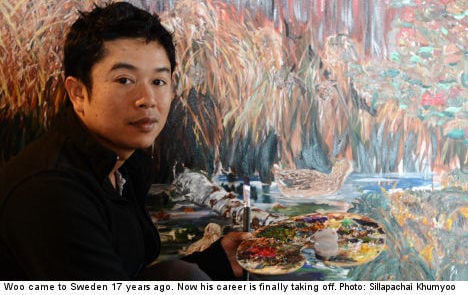
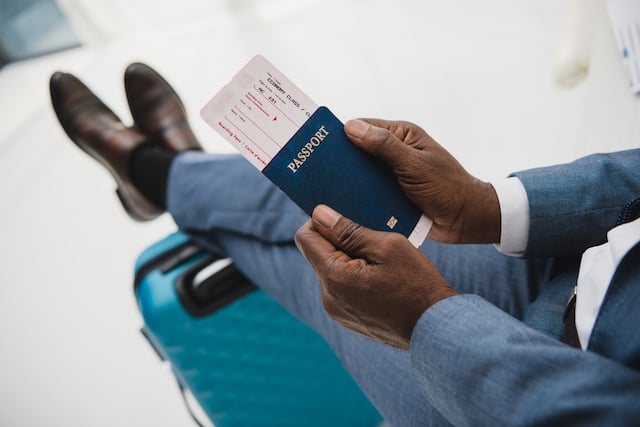
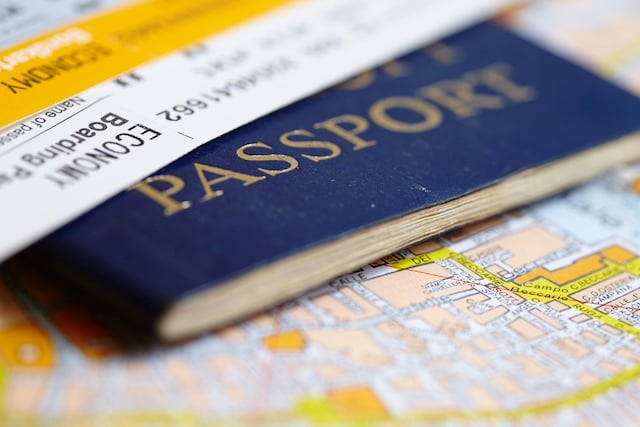
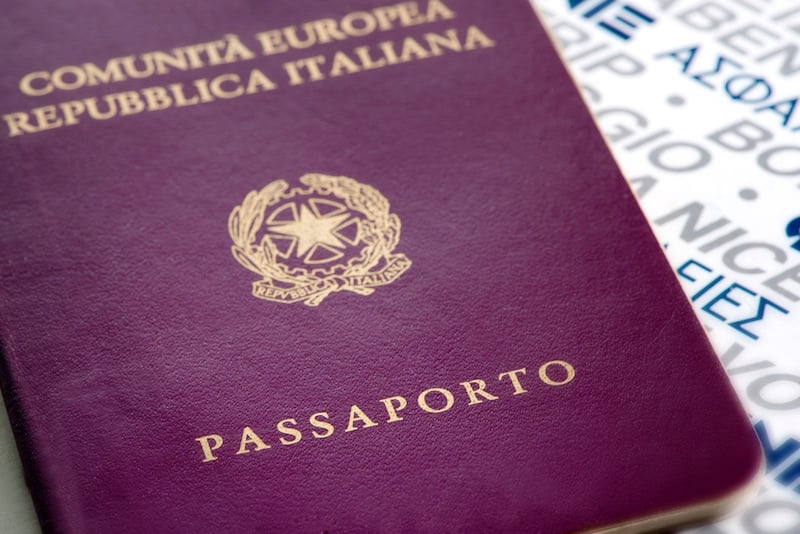
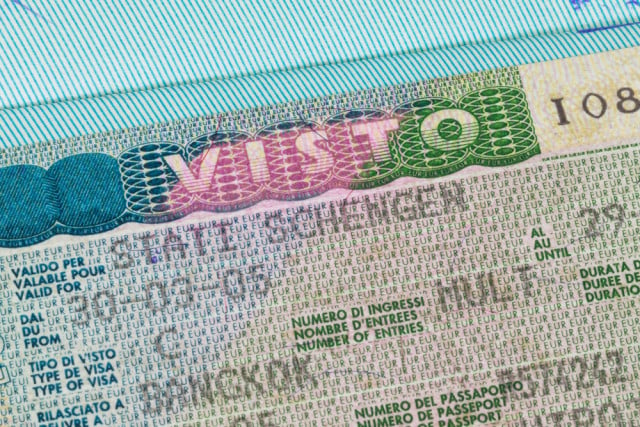
 Please whitelist us to continue reading.
Please whitelist us to continue reading.
Member comments